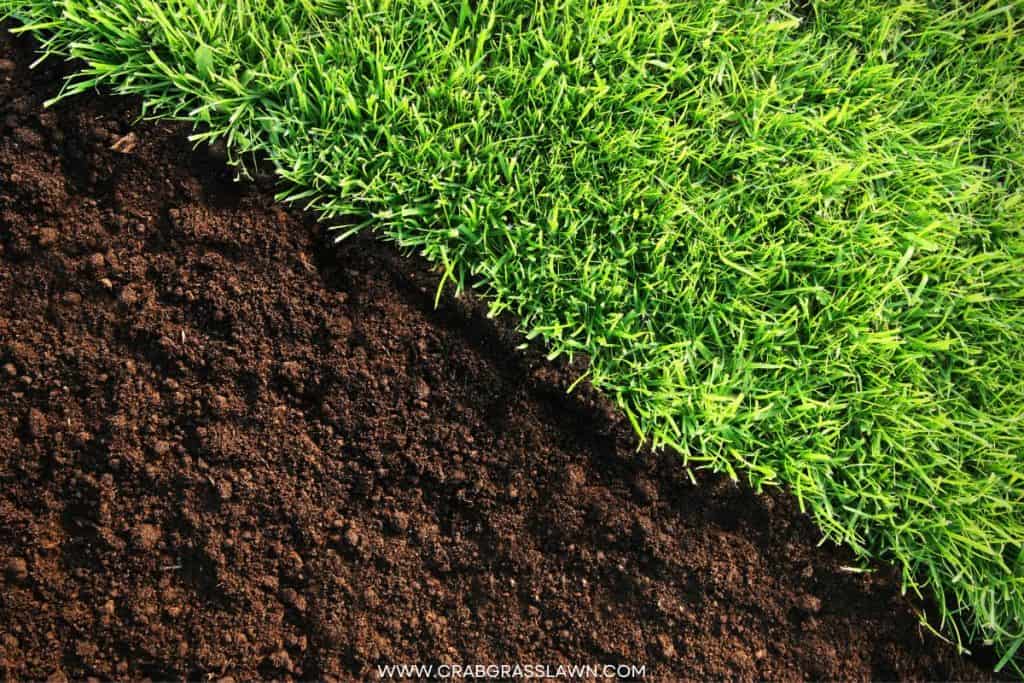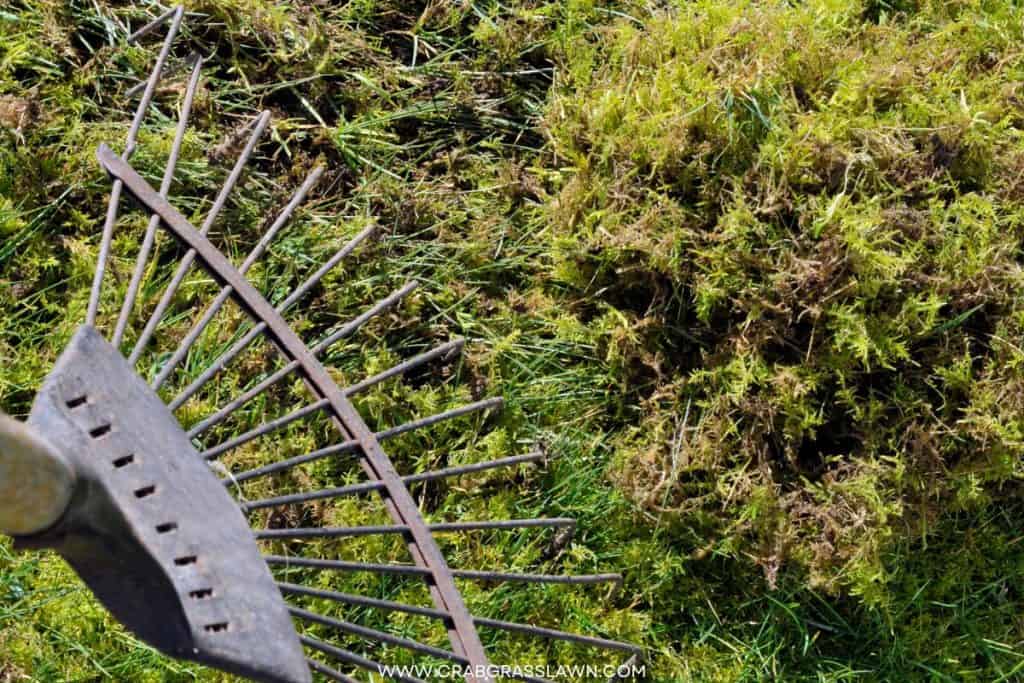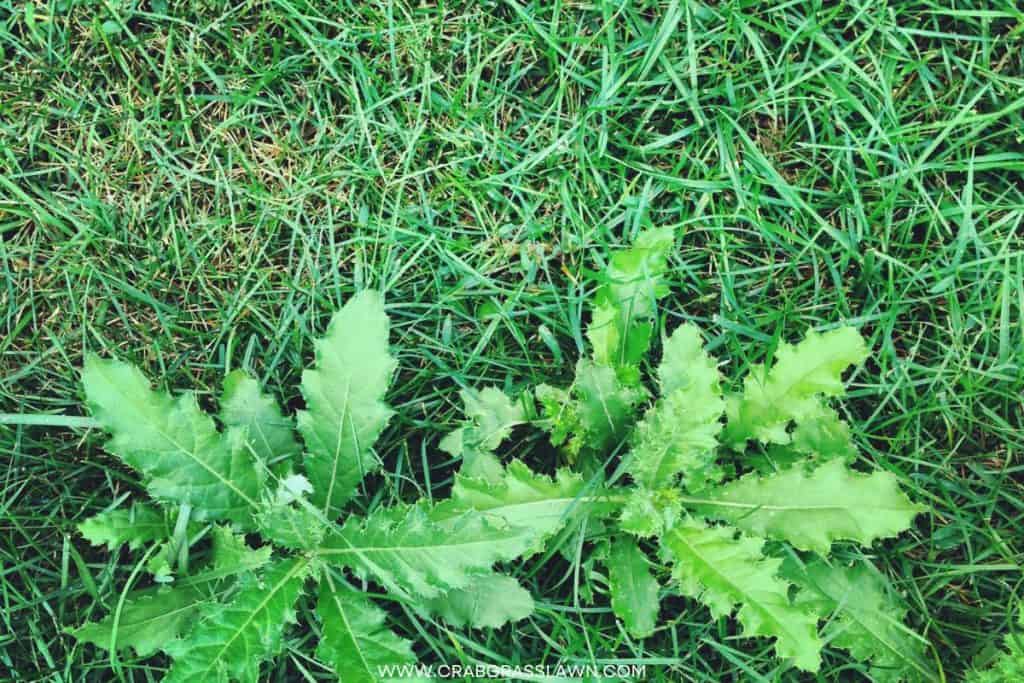I’ve always wondered why my lawn looked dull and sparse in spite of applying essential nutrients with the right fertilizers and maintaining a stringent care regimen.
Turns out my cool-season grass lawn just needed a dose of lime aka agricultural limestone. Know the key differences between cool and warm-season grasses.
Lime is a versatile mineral that is mined from the ground as limestone, and is made up of calcium and sometimes magnesium.
These two important nutrients play pivotal roles in soil health and healthy turfgrass growth.
- Calcium – improves soil structure and promotes the growth of plant tissues and membranes. Learn why calcium is important for plant growth.
- Magnesium – helps activate certain enzyme systems and is the main component of chlorophyll, and serves as a phosphorus carrier in plants. This research paper highlights the importance of magnesium in grass.
There are myriad benefits of adding lime to lawns, most of which are geared towards improving acidity in the soil. Without further ado, here are 8 benefits of adding lime to lawns.
Read my article on when and how to apply lime to lawns.

Does My Lawn Need Lime?
Just because lime improves soil’s pH conditions, specifically soil acidic conditions, not all turfs need lime!
Applying lime when it’s not needed can have damaging effects on your lawn and needless to say is a waste of cash and effort.
You will only know if your lawn needs lime soil amendment after performing a soil test. Just grab a home soil test kit or send some soil samples to a lab.
If the results of the soil test reveal that the pH of the soil is below 6.0, adding lime to raise the soil pH to a more tolerable range, somewhere between 6.0 to 7.0 is beneficial to improve soil conditions for good grass health.
Read my article on the signs your lawn needs lime
8 Lime Benefits for Lawn
1. Raising the pH Level
Perhaps the biggest benefit of adding lime to lawns is raising the pH level of the soil. Most types of grass including cool-weather grasses thrive in soil pH between 6.5 and 7 and a number any lower can result in wilting of grass blades and poor grass growth.
Acidic soil with a pH less than 6 may cause a deficiency of calcium, magnesium, and phosphorous in turfgrass so adding lime replenishes these critical nutrients in the soil.
Adding to this, maintaining an optimal pH helps break down some herbicides, preventing damage to your grass seed, and grass roots, resulting in healthy grass growth.

2. Lime Adds Essential Nutrients
Lime adds essential soil nutrients as well as improves nutrient availability for soil and grass.
As mentioned earlier, lime is a great source of calcium and magnesium (if dolomitic limestone is applied) and improves nutrient solubility by providing a higher pH.
3. Lime Nourishes Healthy Bacteria
Bacteria are a major class of microorganisms that are beneficial to grass growth and health. They are regarded as the “stomach of plants” and digest nutrients, providing phosphorus and nitrogen and several other additional nutrients that grass can assimilate.
Lime, when applied with a drop spreader, rotary spreader, or broadcast spreader, can nurture beneficial bacteria in the soil, and increase the activity of soil bacteria.
| Preview | Product | Rating | |
|---|---|---|---|

|
Scotts Turf Builder Classic Drop Spreader, Great for Applying... | Check Price | |

|
Scotts Turf Builder EdgeGuard DLX Broadcast Spreader for Seed,... | Check Price |
Affiliate links and images pulled from the Amazon Product Advertising API on: 2024-10-22
4. Manages Moss Problems
Even though moss grows in any type of soil including alkaline soil and sometimes on pure rock, it prefers firmly-packed acidic soil with a soil pH between 5.0 and 5.5.
Although sweetening acidic soil with lime (calcium carbonate) won’t kill moss, it does boost soil condition and discourages more moss growth.

5. Manage Weed Issues
Some weeds prefer acidic soil such as dandelions, therefore a lime treatment can help control weeds and reduce soil acidity in your lawn.
Adding lime to your lawn will do nothing to kill existing weeds but will discourage future weed growth in your lawn.

6. Improves Fertilizer Performance
Liming soil improves the efficiency of some fertilizers so your fertilizer applications will be more effective.
Highly acidic soils are considered unhealthy, hence the lawn will fail to absorb nutrients from the fertilizer, leading to unhealthy growth.
7. Improves Water Penetration
When the soil is too acidic, it will repel water rather than absorb it and spread it down to the grassroots.
Further, this leads to saturation issues on the soil surface, which promotes root diseases and creates nutrient absorption problems.
By adding lime to neutralize the acid levels of the soil, water can more easily flow through the soil and rehydrate all parts of the grass.
8. Lime Makes Lawn Thicker and Greener
Lime lends itself to a lush lawn and can help your grass grow thicker and faster. Additionally, lime makes your grass robust enough to fight off diseases and cleanses the soil, which reduces yellow and brown spots in your lawn.
FAQs
Q: How Much Lime Is Needed per Acre of Lawn?
A: You only need to apply roughly 50 lbs of limestone per 1,000 square feet of lawn. If you need to apply more than 50 lbs of lime, divide it into 2 applications, first in the early spring and second in the next fall before the first frost.
Q: How to Put Lime in Your Lawn?
A: Lime is available in granular form, and the best way to put lime is with a spreader. Wear safety gloves and eyewear before spreading lime to prevent skin irritation.
Never spread lime with your hand even with safety gloves on because it can result in uneven coverage.
Q: What Is the Best Time to Apply Lime in Lawn?
A: The best time to apply lime to a lawn is in the fall or spring. Fall is however a better time to apply lime than spring given that the rain and snow help break down the lime into the soil.
Check the weather forecast before adding lime and delay the application if heavy showers are on the way.
Final Thoughts
Adding lime to lawns provides a plethora of benefits but adding lime when not required or when your soil is at the right pH can have detrimental effects on your turf.
Before adding lime, perform a soil test to determine if your soil is too acidic. Lime takes between 2 to 3 years to completely react with the soil after application, so you’ll have to be patient to see great results.
Hi, Alex Kuritz here. Growing up I remember that my family had one of the best lawns in the neighborhood. Richly green and lush. I did a lot as I grew up in terms of caring and tending for not only my family’s lawn but also my neighbors. I can say I have years of experience, and I am here to share it with you.


